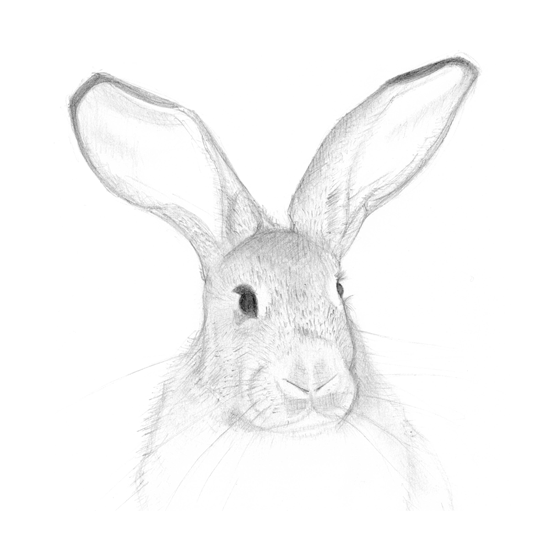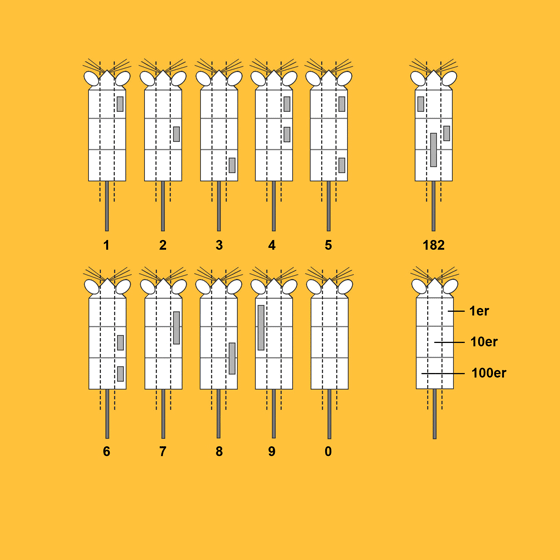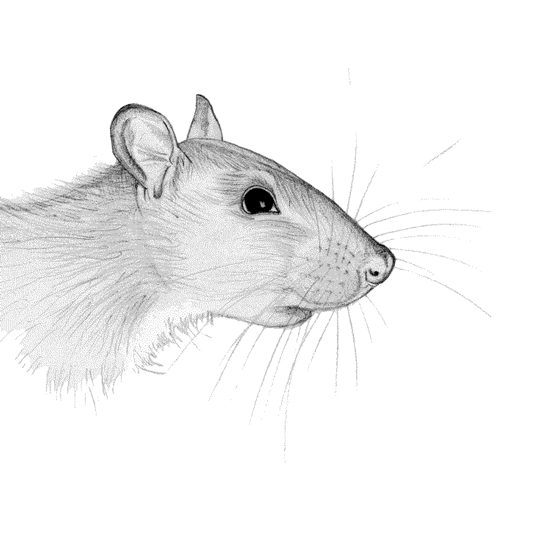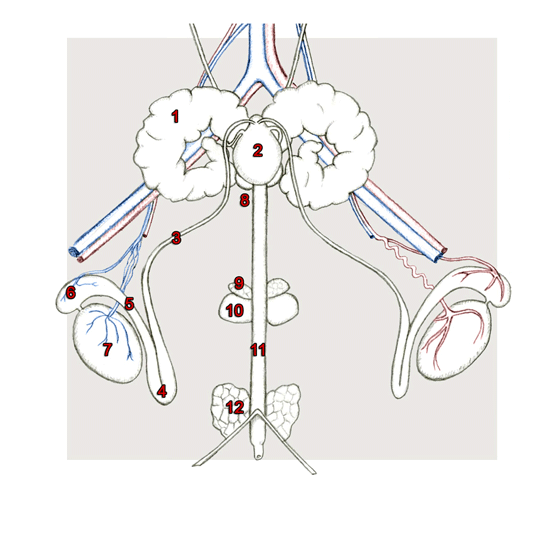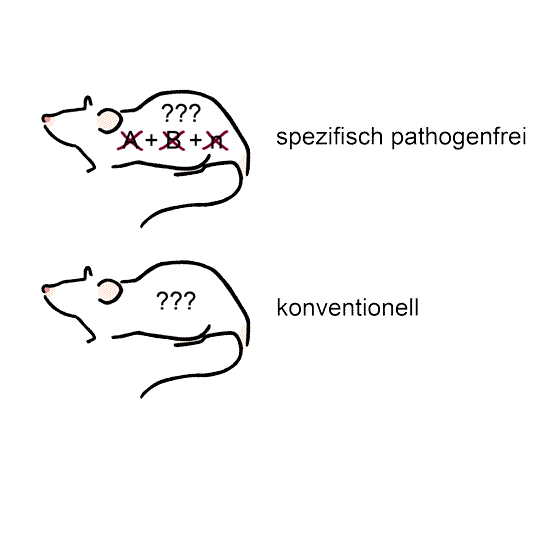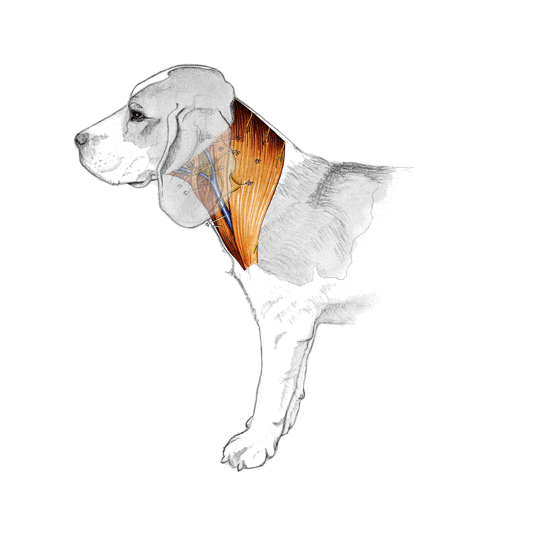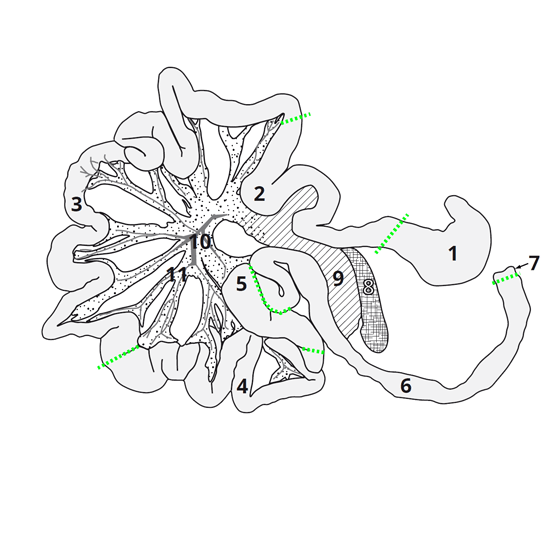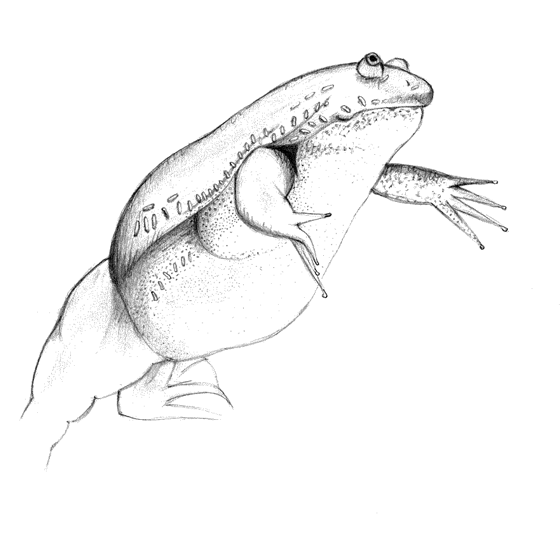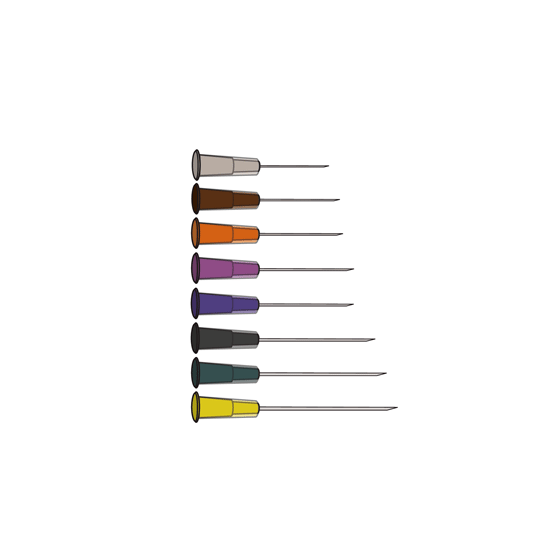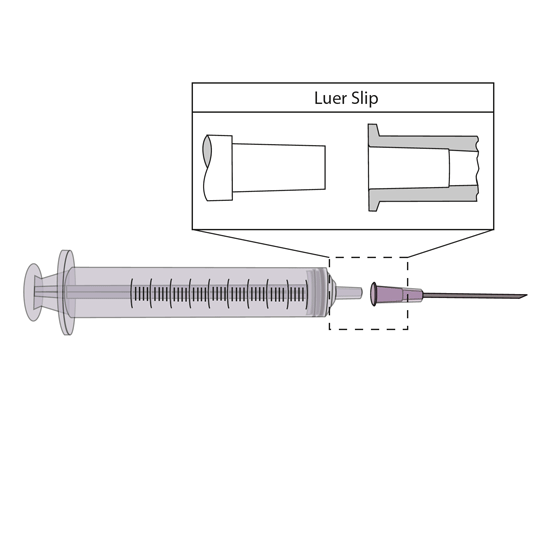Las interactive brings together the free information portal vtk online and the training portal las campus. The website addresses researchers, students, competent authorities, trainers as well as technical staff at Universities, independent research facilities and the industry.


Information and training platform for laboratory Animal science
Knowledge protects animals
Sound knowledge and skills in laboratory animal science and in animal experimental work are key to handling laboratory animals in a way that in in keeping with animal welfare and in the spirit of the 3Rs. This concerns all fields of research using animal experiments, whether field research, basic biological research, applied medical research or experiments for safety testing.
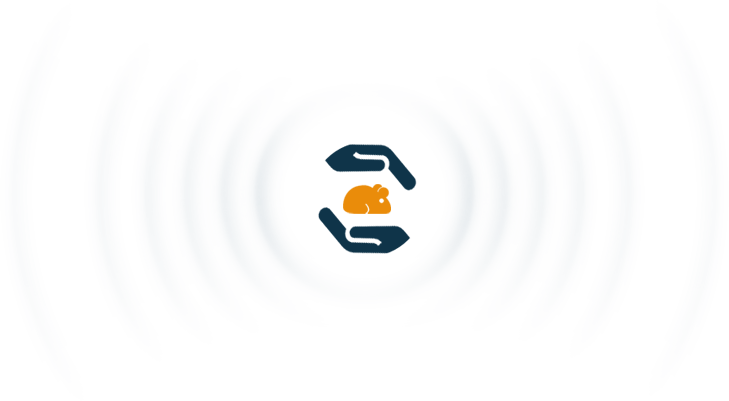
Media center
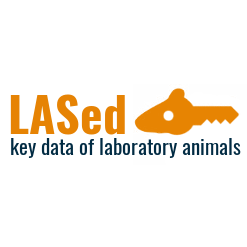
Key data of laboratory animals
Interactively compare physiological data, blood parameters and other values on LASed.

Recognize tissues and structures
Test your knowledge about different tissues of the mouse on the PC or mobile device.

